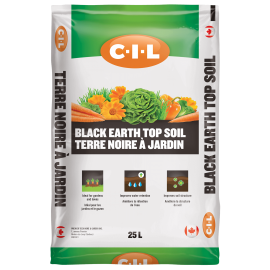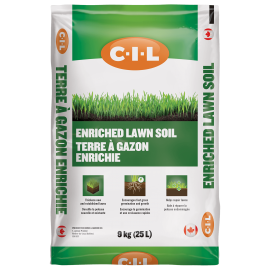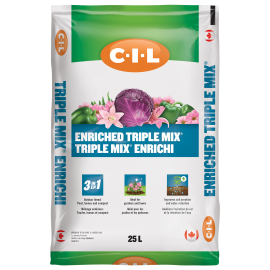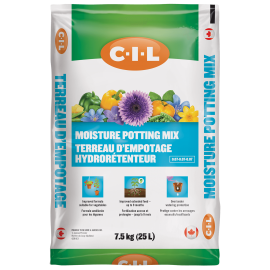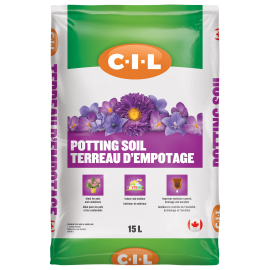Start Gardening by Growing from Cuttings
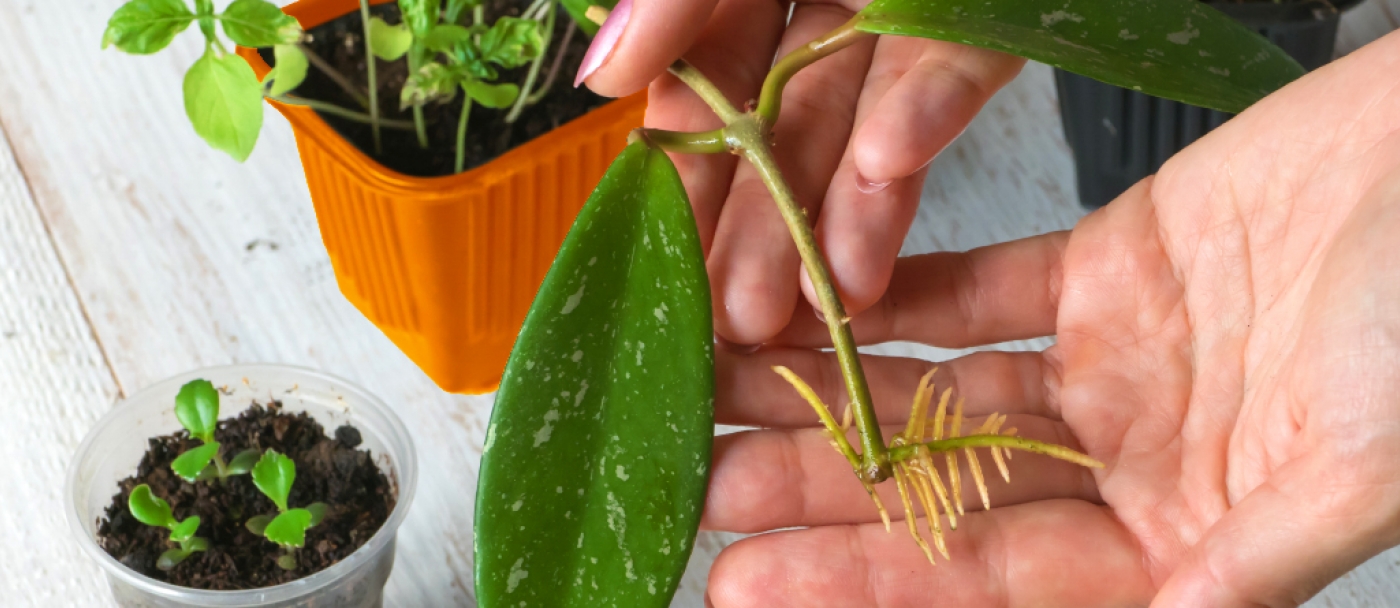
Growing plants from cuttings basically involves rooting a stem or branch from an existing plant. It may sound involved, but propagating plants from cuttings is actually a simple process that can save a ton of time and money.
A variety of plants can easily be rooted from cuttings, including perennial and annual flowers, shrubs, and herbs such as sage, rosemary or thyme. You can also transplant woody fruits and vegetables such as peppers, tomatoes, eggplant, and grapevines.
Here are the basic steps:
Although specific timing varies depending on the plant, spring is generally best for rooting cuttings.
- Fill a container with fresh potting soil, then water the soil until it is evenly moist but not dripping wet. Set the container aside while you take the cutting. (Be sure the container has a drainage hole in the bottom).
- Cut a 10-14 cm stem from a healthy parent plant, using clean, sharp pruners or a sharp knife.
- Remove any flowers and buds. Snip off the lower leaves, leaving only two upper leaves.
- Dip the bottom 2.5 cm of the cutting in rooting hormone. This step isn’t absolutely required but may increase the chance that the cutting will root successfully.
- Plant the stem in the moist soil. You can plant additional stems in the same pot but allow enough space, so the leaves don’t touch. Similarly, don’t allow the leaves to rest on the potting soil.
- Cover the container loosely with clear plastic. The plastic creates a warm, greenhouse-like atmosphere that promotes rooting.
- Water the cutting as needed to keep the potting mix moist. Never allow the mix to become bone dry. On the other hand, loosen the plastic if atmosphere around the cutting becomes too humid.
- Place the container in a warm spot with temperatures of 20 to 24 C. The container should be in indirect light. Avoid bright sunlight, which can scorch the cutting.
- Remove the plastic as soon as the cutting has rooted, generally indicated by the appearance of new growth.
- Allow the plant to mature until it can be safely planted in its permanent home. You may need to move the young plant into a larger container.
